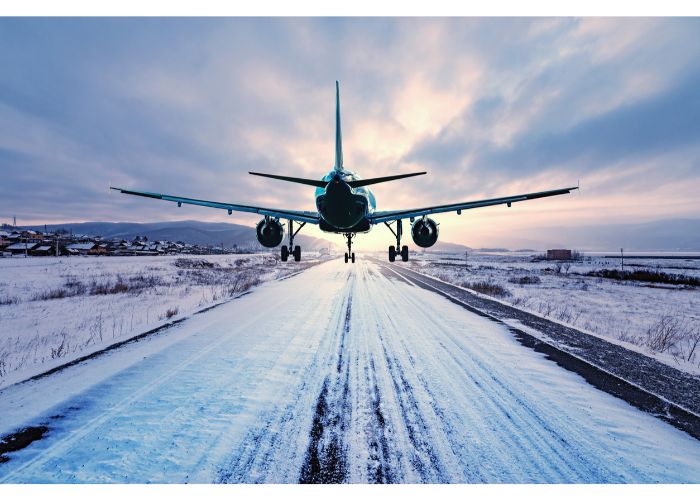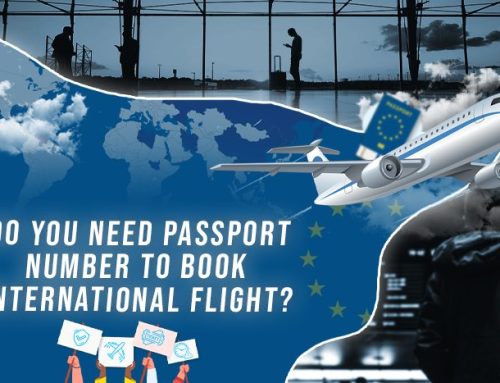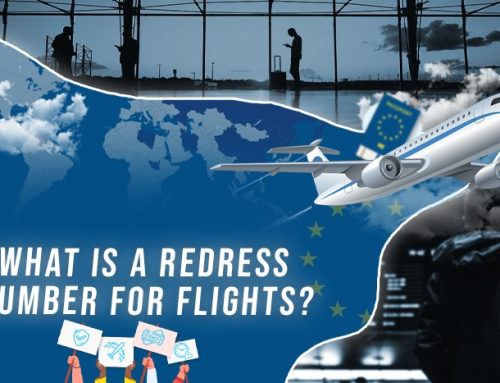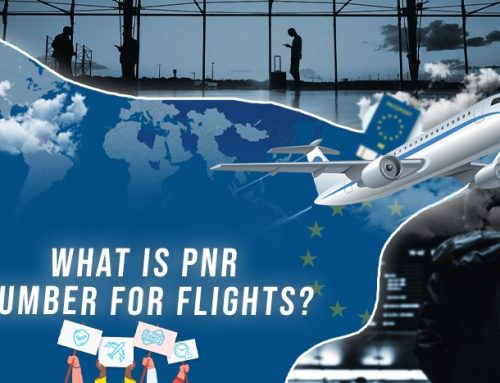Many people have on their bucket list to visit all seven continents in the world, including Antarctica. However, it’s not the most practical place to visit. Located in the southernmost pole, it’s incredibly cold, and there is a lot of snow and ice surrounding it.
You’ll get to the continent by boat, but you can also fly near and around Antarctica, including over it. However, just because you can, in theory, doesn’t mean that you should. It can be extremely dangerous to do so, and here’s all you need to know.
Key Takeaways
- The article highlights the harsh weather conditions of Antarctica, including being the coldest, driest, and windiest continent on Earth. Visitors should be prepared for brutal wind chills, frequent snowfalls, and the need to de-ice planes to ensure safe flights.
- While it is technically possible to fly over Antarctica, direct flights are rare due to the lack of infrastructure, including air traffic control and ground crew. Most visitors opt for alternative transportation, such as flying to nearby countries like Chile or Argentina and then taking a boat to reach the continent.
- Despite the challenges, visiting Antarctica offers a once-in-a-lifetime experience. The continent’s remote location and breathtaking landscapes provide travelers with a unique perspective on one of the world’s most extraordinary destinations.
- Travelers typically plan their visits to Antarctica during the late spring to early fall, from October to March in the southern hemisphere. This period offers slightly milder weather and more accessible conditions for exploration.
- Safety is of utmost importance when considering a trip to Antarctica. Travelers should be aware of the potential dangers posed by the extreme environment, and it is crucial to follow the guidance of experienced tour operators and have appropriate gear for the journey. Opting for boat travel, though challenging, is considered the safest and most practical way to reach the continent.
Antarctica Weather Conditions
Visiting Antarctica is not for the faint of heart. Not only is it the coldest continent on earth, but it’s also among the driest and the windiest, so you’ll be hit with brutal wind chills the second you step on the land.
If you’re planning on traveling there, you’ll face your own set of unique challenges because of the cold weather. You may face frequent snowfalls that can cause whiteouts or a loss of visibility due to the snowstorm. Additionally, you’ll need to frequently de-ice your plane to ensure the low temps don’t interfere with your take-off, landing, and other flight activities.
Because of this, most planes will not travel directly to Antarctica, including over it. There isn’t a good infrastructure in place to help planes navigate, including air traffic control and ground crew. The visibility is too low to chance it in most cases, but that doesn’t mean you can’t still get there. You just have to be creative and take different modes of transportation.
Getting to Antarctica

Despite the treacherous weather conditions, Antarctica is not a no-fly zone, and you can absolutely fly over it – but you typically won’t land on it. Even though it’s possible, very few airplanes will take that risk. Instead, you can take a plane and a boat or a boat the whole time there.
Common flight routes to the remote continent are from Punta Arenas, Chile, which will take you to an airstrip near the Antarctic Peninsula. From there, you’ll get on a ship to get you to the continent. Otherwise, you can travel the dark passage from Ushuaia, Argentina. Depending on your route, it will take a few hours to two days to get there.
However you get there, it will give you a unique perspective into one of the world’s most unique destinations. People typically visit Antarctica in the late spring to early fall, which is from October to March in the southern hemisphere. They’ll spend about 10 days total, including transit time to the country.
Conclusion
Technically, you can fly over Antarctica. There is no formal no-fly zone in place. However, there may be an informal one as you think about the weather conditions that could cause problems while flying, including ice, snowstorms, and extremely low temperatures.
Those wishing to travel to this remote location typically fly to adjacent countries and then take a boat there. While the waters can be dangerous, it is the safest and most practical way to get there.
Frequently Asked Questions
-
Is it possible to fly directly to Antarctica?
While it is technically possible to fly directly to Antarctica, very few airplanes attempt this due to the extreme weather conditions, low visibility, and lack of infrastructure. Most visitors fly to adjacent countries like Chile or Argentina and then take a boat to reach the continent.
-
What are the dangers of flying over Antarctica?
Flying over Antarctica poses significant risks, including ice accumulation on the plane’s surface, sudden snowstorms causing whiteouts and loss of visibility, and extremely low temperatures that can interfere with flight operations. These hazards make direct flights over the continent impractical for most aircraft.
-
How long does it take to reach Antarctica using alternative transportation methods?
The travel time to Antarctica varies depending on the route chosen. Common flight routes from Punta Arenas, Chile, or Ushuaia, Argentina, take a few hours to reach an airstrip near the Antarctic Peninsula. From there, travelers will board a ship to reach the continent, which may take an additional day or two.
-
What is the best time of year to visit Antarctica?
The ideal time to visit Antarctica is during the late spring to early fall, which is from October to March in the southern hemisphere. During this period, temperatures are relatively milder, and the sea ice is more navigable, allowing for a safer and more enjoyable experience.
-
What safety precautions should I take when visiting Antarctica?
Traveling to Antarctica requires thorough preparation and adherence to safety guidelines. Visitors should invest in proper cold-weather clothing and gear to protect against the extreme conditions. Additionally, choosing a reputable tour operator with experienced guides and following their instructions is crucial to ensure a safe and well-guided journey to this remote and challenging destination.







